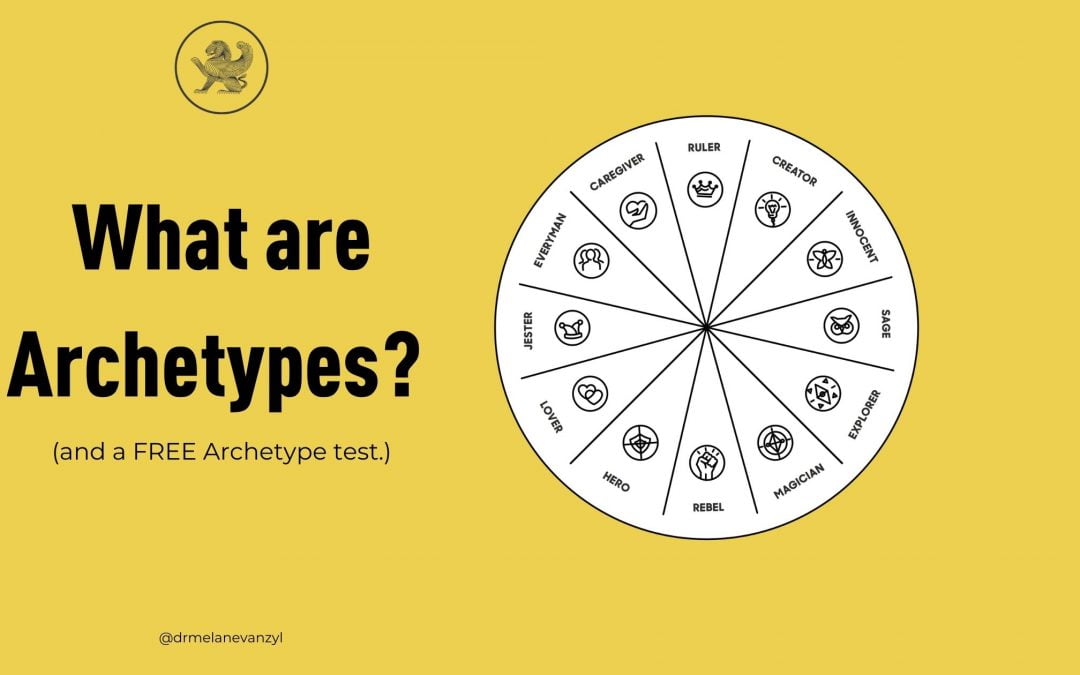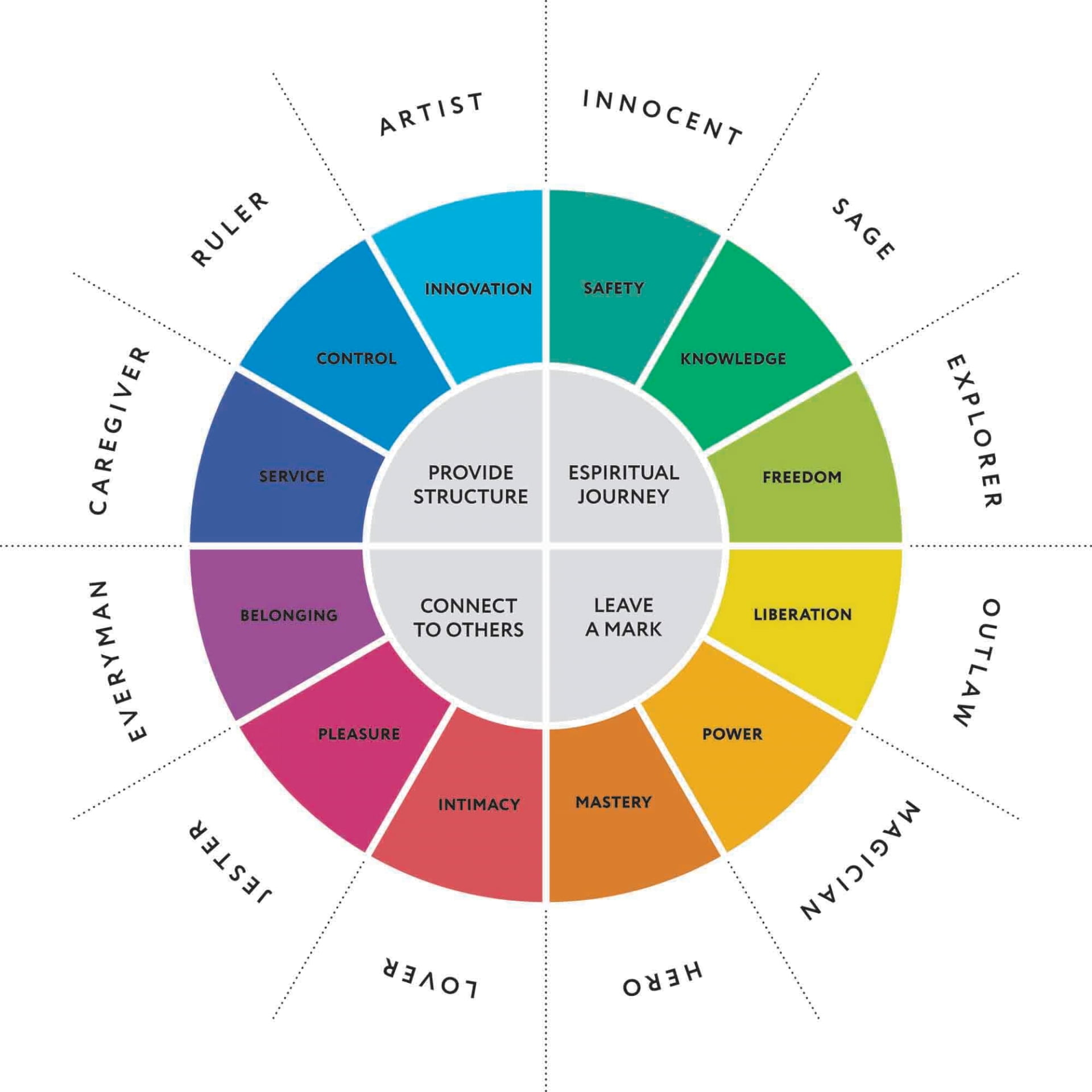What are Archetypes
by Scott Jeffrey
Archetypes are everywhere.
They are guiding, inspiring, possessing, ruling, and living through us each day.
Archetypes influence 99% of human behavior.
It’s not a question of whether archetypes are influencing your behavior; it’s a matter of degrees.
To the extent you’re aware of the archetypes operating within you is an indicator of your level of consciousness. With greater self-awareness, you’re able to navigate the emotional landscape of archetypes skillfully.
What is an Archetype?
Simply put, an archetype is a set pattern of behavior.
Plato referred to archetypes as Forms, which he saw as pre-existing ideal templates or blueprints.
Archetypes are what Carl Jung called “primordial images” and the “fundamental units of the human mind.”
Every character you see on television and in films represents an archetype.
Virtually every response you give to your environment—the way you behave—is an expression of an archetype too.
Almost all human behavior is guided by archetypes.
“Archetypes,” Jung wrote in The Structure and Dynamics of the Psyche,
“are the living system of reactions and aptitudes that determine the individual’s life in invisible ways.”
Test your 12 Jungian archetypes
CREDITS
Archetypes
Jungian archetypes are defined as universal, archaic symbols and images that derive from the collective unconscious, as proposed by Carl Jung. They are the psychic counterpart of instinct. That is to say they are a kind of innate unspecific knowledge, derived from the sum total of human history, which prefigures and directs conscious behavior.
Find what archetype controls you the most, based on the HMI metric.


